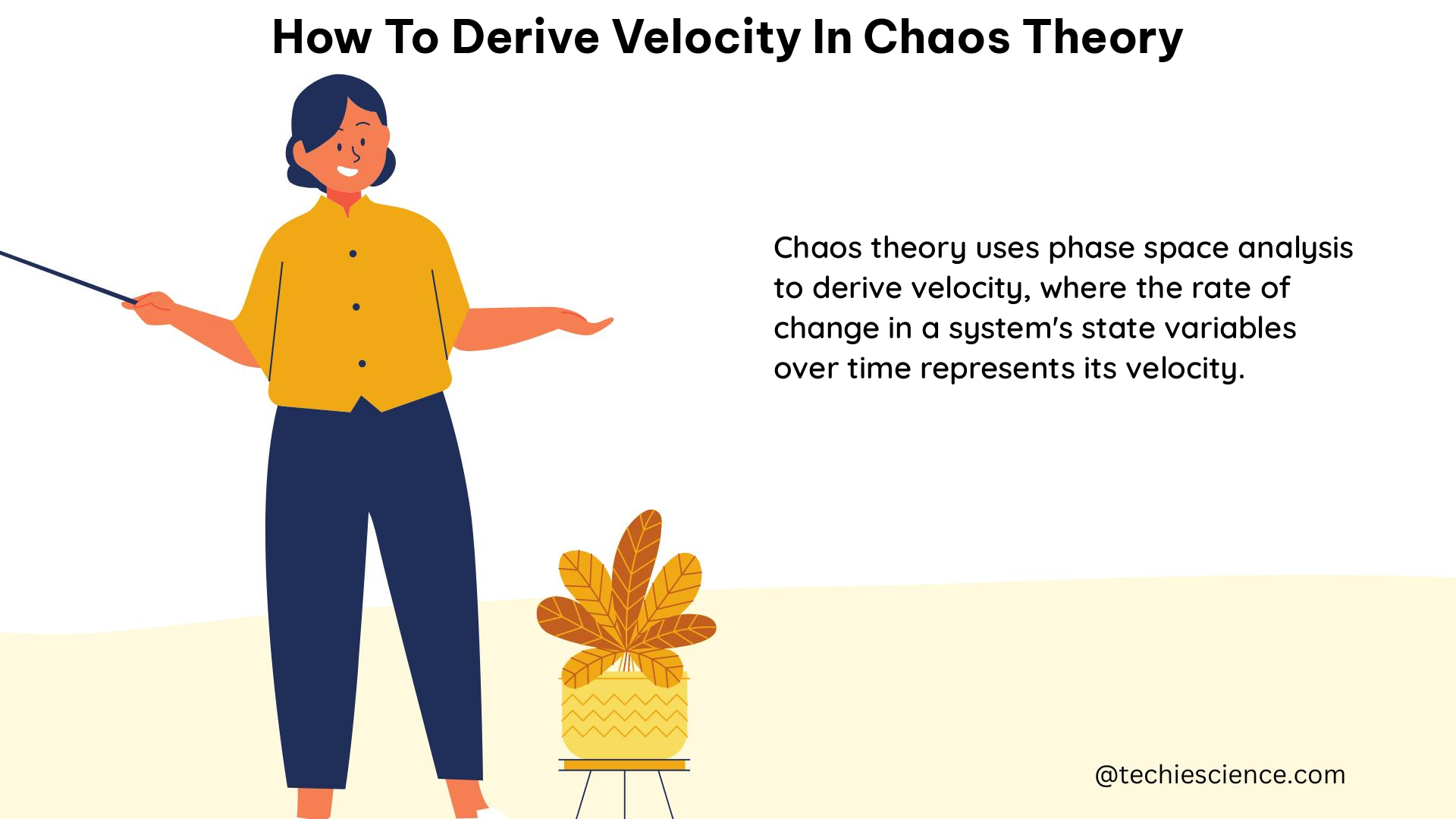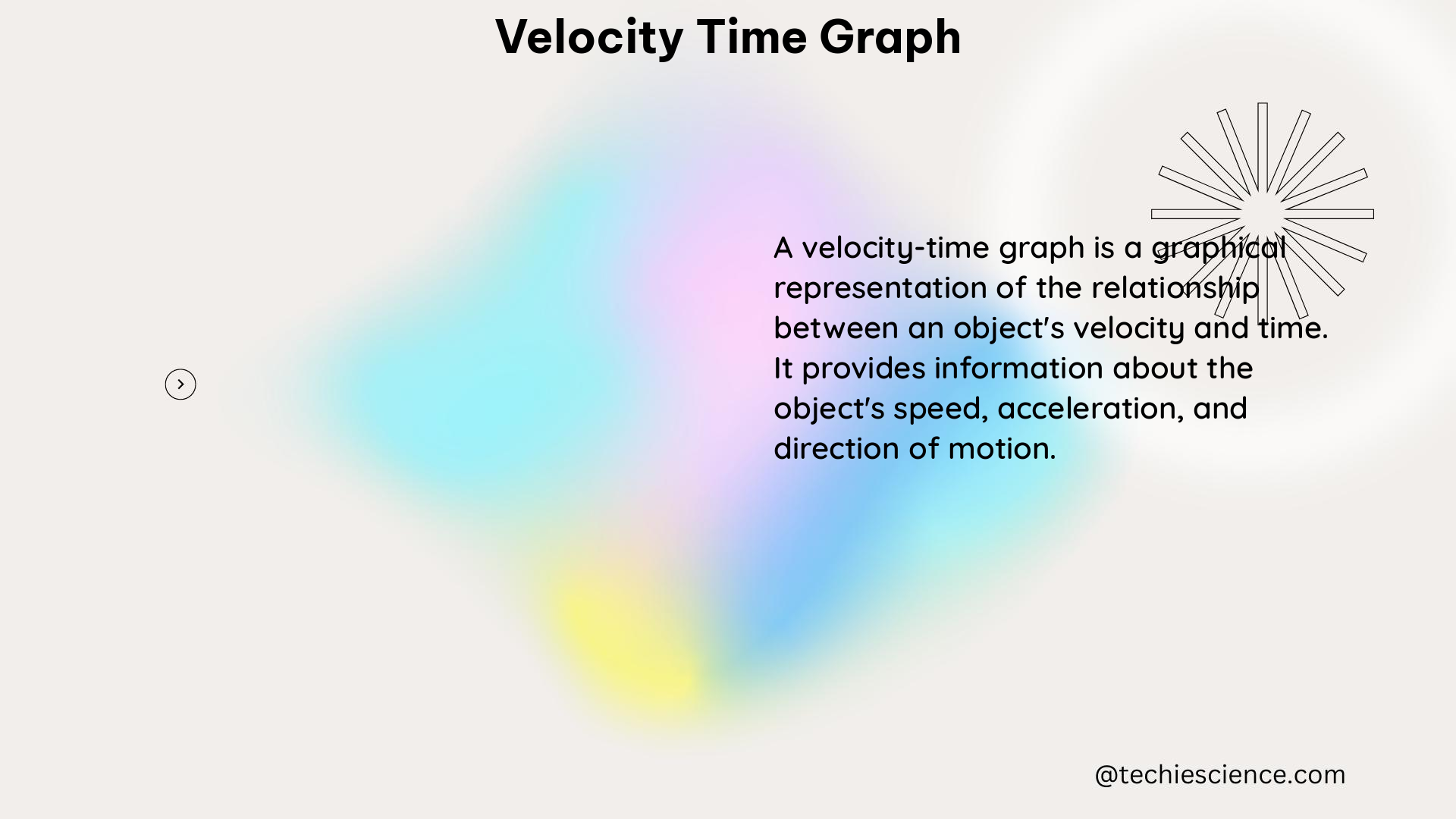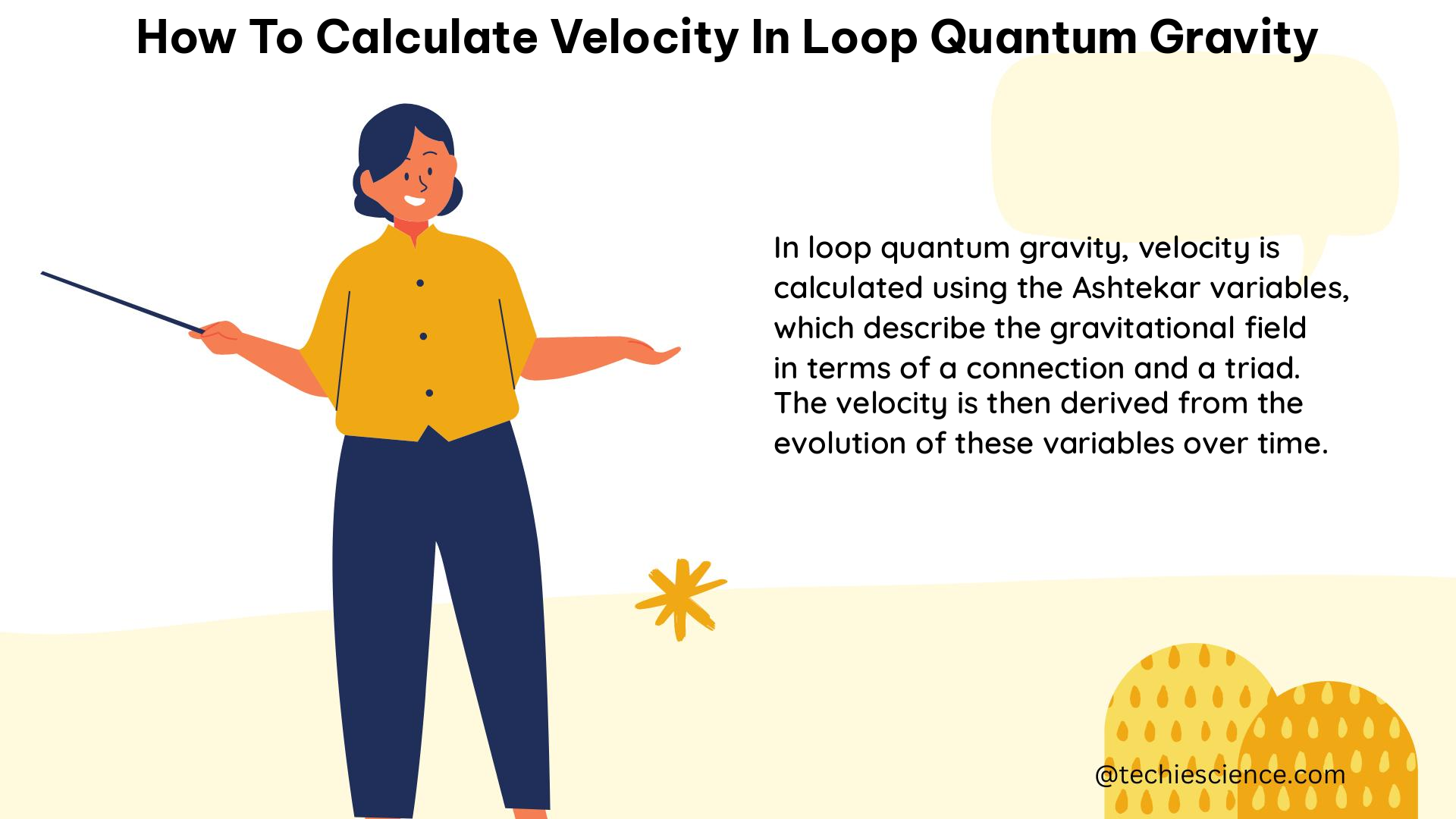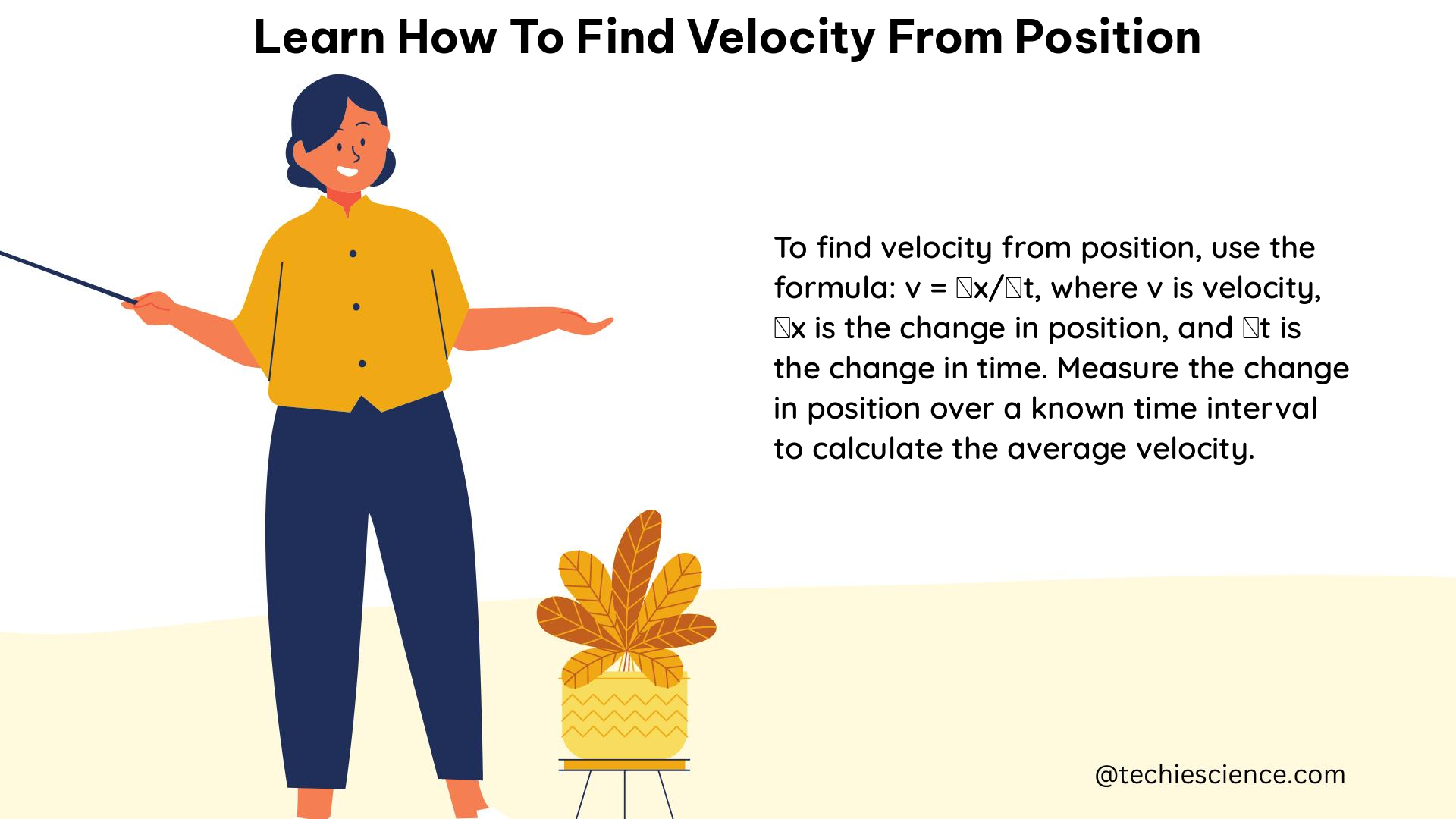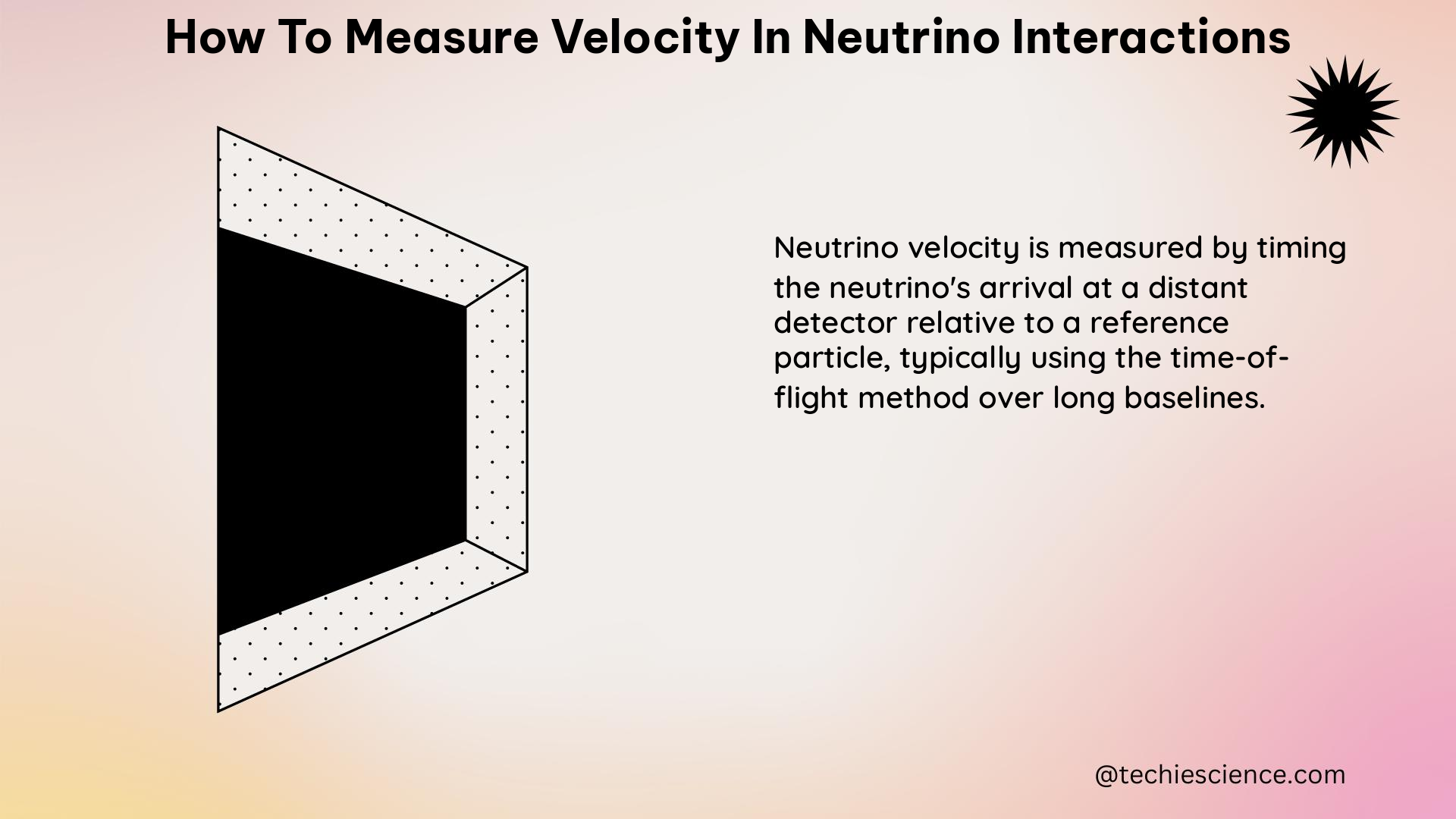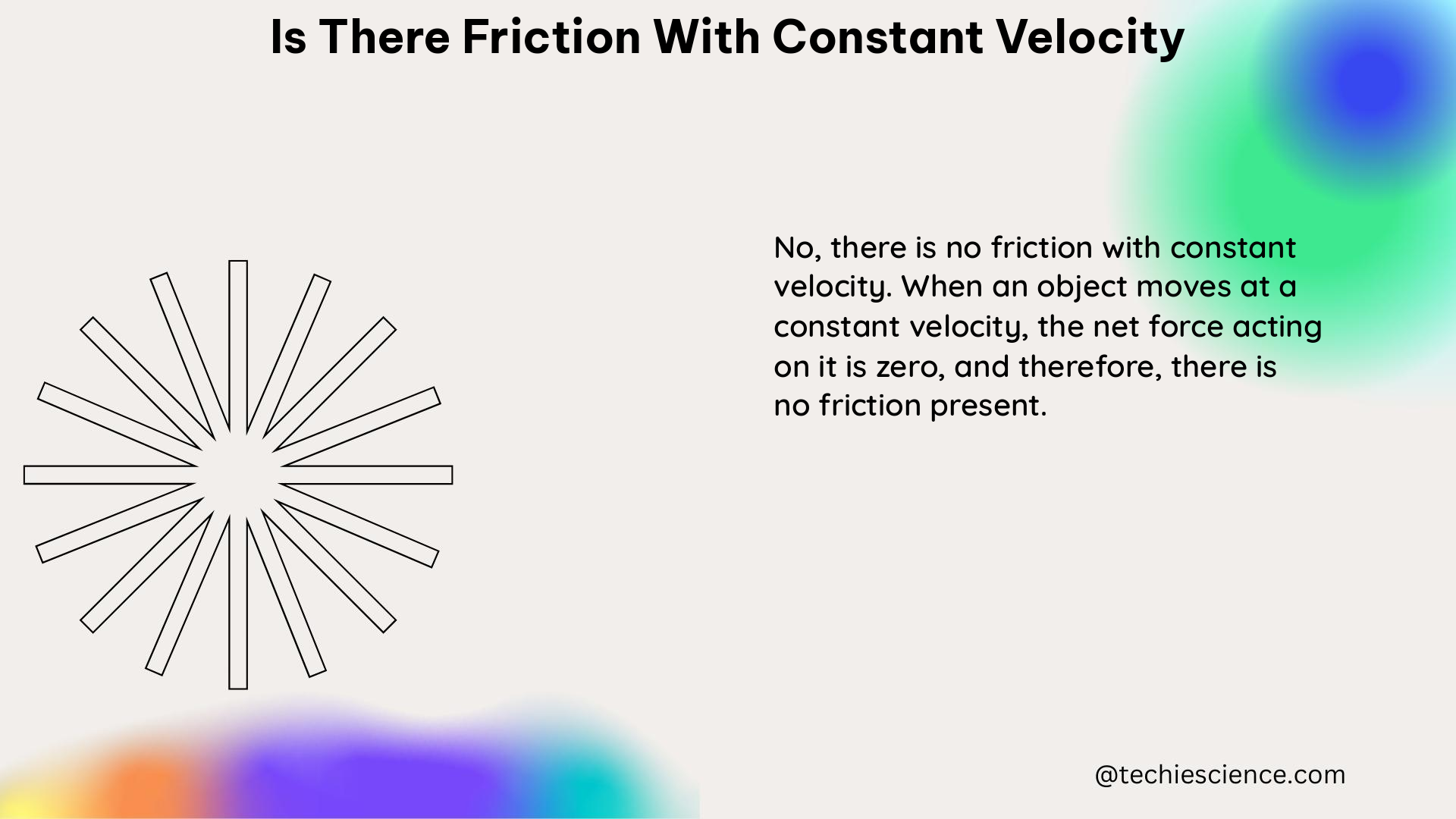If you are already looking for an answer to the query, can velocity be negative or not, you have come to the right place. This post will also answer how and when it can be negative.
As velocity is classified as a vector quantity, it has both a magnitude (value) and a direction. Whenever an object or body moves in a positive direction described by the coordinate system, its velocity is considered positive. Its velocity is termed negative if it goes in the opposite direction.
How can velocity be negative?
Velocity, as a vector quantity, not only has a magnitude (vector length) but also has a direction.
Any vector’s magnitude or vector length, including velocity, is always positive because it is just a value. The direction of any vector, however, is determined by the frame of reference. As a result, the negative sign for any vector only denotes the vector’s direction. As a result, velocity can be negative.
When can velocity be negative?
The magnitude of velocity cannot be negative; only the direction results in a negative or positive sign. The coordinate system decides the vector’s positive and negative signs.
Consider an object or body traveling in one dimension, or we can say that along a straight line. The positive direction denotes motion in a positive direction specified by the coordinate system, while the negative direction denotes motion oppositely.
Can velocity be negative in graph?
Velocity can be positive, negative, and zero in the graph too.
In the velocity vs. time graph, if the graph’s line lies under the graph’s negative region, i.e., below the X-axis as shown in the below graph, we can say that the object or body is moving with negative velocity. The graph shows that the object or body is moving in a negative direction.
So, based on the graphs above, we can conclude that whether the slope of the line is increasing or decreasing, if it is in the negative region, the velocity of the object is negative. Similarly, if the line of the graph is in the positive region, the object is said to have positive velocity. Finally, suppose the graph line passes over the X axis from positive to negative region or from negative to positive region. We can say that the object or body has changed its direction in that case.
Now you may be wondering when acceleration is positive or if the situation is similar to free fall. Is it possible for velocity to be negative at that moment as well? Let’s see how it goes.
Can velocity be negative when acceleration is positive?
Yes, it is possible to have negative velocity when acceleration is positive.
Consider a body or an object moving in a negative direction, having a negative velocity and acceleration. If the object slows down, its acceleration vector will be in the opposite direction from its motion, i.e., positive. It means that while velocity is negative, acceleration is positive.
Go through this article to learn more about motion with negative velocity and positive acceleration.
Problem: Suppose a car is going with a speed of 15 m/s from east to west (which we consider negative direction. The driver applies the breaks after 4 seconds at a distance of 30 m. What would be the acceleration of the car? Is the acceleration in this scenario positive or negative?
Given:
Initial velocity of car v1 = -15 m/s
Finale velocity of car v2 = 0 m/s (As break applies)
Time taken by car to t = 4 s
Distance traveled by the car d = 30 m
To Find:
Acceleration of the car a = ?
Solution:
As we know acceleration is given by:
∴ a = 3.8 m/s2
As a result, even though the initial velocity is negative when the driver applies the brakes after 4 seconds, the acceleration is positive since it is in the opposite direction of motion.
Can velocity be negative in free fall?
Free fall is just a negative acceleration. More specifically, it denotes that something is moving faster in the downward direction.
In the Cartesian coordinate system, we usually consider the downward direction to be the negative and the upward direction to be positive. As a result, when an object is in free fall, we estimate its velocity to be negative due to the downward direction.
Problem: Consider a tennis ball and a plastic ball falling from the same height and at the same time. The plastic ball takes 4 seconds to reach the ground, whereas the tennis ball takes 6 seconds. What are their velocities?
Given:
Time taken by plastic ball tp = 4 sec
Time taken by tennis ball tt = 6 sec
Acceleration due to gravity g = -9.8 m/s2 (as it is in the downward direction)
To Find:
Velocity of plastic ball vp = ?
Velocity of tennis ball vt = ?
Solution:
In the case of free fall velocity is given by:
v = gt
∴ Velocity of the plastic ball:
vp = gtp
∴ vp = -9.8 * 4 = -39.2 m/s
∴ Velocity of the tennis ball:
vt = gtt
∴ vt = -9.8 * 6 = -58.8 m/s
As a result, the tennis ball has a higher velocity than the plastic ball.
Let us now analyze if various velocities such as average velocity, final velocity, initial velocity, terminal velocity, angular velocity, relative velocity, instantaneous velocity, and so on can be negative or not.
Can average velocity be negative?
Average velocity, just like velocity, is also a vector quantity. Its direction is also the same as the direction of the object’s motion.
When the average velocity is positive, an object moves forward from its initial point. When the average velocity is negative, it simply means that an object is moving backward from its initial point. AS a result, a negative average velocity just indicates the object’s backward motion.
Problem: Calculate the average velocity over a given time interval of a person if he moves 5 m in 3 s along the positive x-axis and 15 m in 7 s along the negative x-axis?
Given:
Initial displacement of the person, xi = 5 m
Final displacement of the person, xf = -15 m (As he travels in negative x direction)
Initial time interval ti = 3 s
Final time interval tf = 7 s
To Find:
Average velocity of the person vavg = ?
Solution:
Average velocity of the person is given by:
vavg = (xf – xi) / (tf – ti)
Putting the values in the above equation:
∴ vavg = (-15-5) / (7-3)
∴ vavg = -20/4 = -5m/s
Can initial velocity be negative?
The initial velocity might be either positive, negative, or zero.
If an object or body is going backward or downwards, its initial velocity is considered negative. Similarly, if it is traveling forward or upward, we consider it to have a positive initial velocity. We consider a body or object to have zero initial velocity if it is not moving at all.
Problem: Within 3 seconds, John completes the bicycle ride with a final velocity of 9 m/s and an acceleration of 4 m/s2. Determine the initial velocity of John.
Given:
Final velocity v = 9 m/s
Acceleration a = 4 m/s2
Time interval t = 3 s
To Find:
Initial velocity u = ?
Solution:
To find the initial velocity, we will apply the equation of motion, which is given by:
v = u + at
∴ u = v – at
Putting the values in the above equation:
∴u = 9 – (4 * 3) = 9 -12 =-3 m/s
As we get negative initial velocity, we can say that John was initially going in the backward direction with a speed of 3 m/s and then in the forward direction with a speed of 9 m/s.
Can final velocity be negative?
The final velocity can also be either positive, negative, or zero, like the initial velocity.
If an object or body is going backward or downwards, its final velocity is considered negative. Similarly, if it is traveling forward or upward, we consider it to have a positive final velocity. If a body or object comes to a complete halt, we consider it to have zero final velocity.
Problem: Suppose a man travels a certain distance in the positive x direction at a speed of 18 m/s. Now, if his acceleration is -5 m/s2, calculate the final velocity at 4 seconds.
Given:
Initial velocity u = 18 m/s
Acceleration a = -5 m/s2
Time interval t = 4 s
To Find:
Final velocity v = ?
Solution:
To find the final velocity, we will apply the equation of motion, which is given by:
v = u + at
Putting the values in above equation:
∴v = 18 +(-5)*4 = 18-20 =-2 m/s
As the person eventually switches direction, we get a negative final velocity.
Can instantaneous velocity be negative?
The gradient of an object’s displacement is nothing but called instantaneous velocity.
If the gradient of displacement at a given instant is negative, the instantaneous velocity is negative as well. This indicates that velocity is in the opposite direction of the positive direction you selected in terms of physics.
Problem: A particle moves along the x-axis according to x(t) = 15t – 3t2. What is the instantaneous velocity at t = 2 s and t = 3 s?
Given:
x(t) = 15t – 3t2 ……….(1)
Time t1 = 2 sec
Time t2 = 3 sec
To Find:
Instantaneous velocity of a particle v(t) = ?
Solution:
The motion of the particles is described by Equation (1) in terms of displacement as a function of time. We may find the equation of motion in terms of velocity by taking the derivative of the above equation.
∴v(t) = 15 – 6t
Instantaneous velocity at time t1 = 2 sec
v(2 s) = 15 – 6*2 = 15-12= 3 m/s
Instantaneous velocity at time t2 = 3 sec
v(3 s) = 15 – 6*3 = 15-18= -3 m/s
Can relative velocity be negative?
When we consider the velocity of an object or body with respect to another, this velocity is called the relative velocity.
When two objects or bodies are moving in the opposite direction, their relative velocity is given by the difference between their velocities. Thus, the relative velocity of oppositely moving objects ends up being negative.
Consider two objects are moving with different velocities in opposite directions. Thus, the velocity of object 2 with respect to object 1 is given by:
v21 = v2 – v1
Problem: Two east-west train tracks run parallel to one other. Train A moves east with a speed of 54 km/h, while train B moves west with a speed of 90 km/h. What is the velocity of train B with respect to train A?
Given:
The positive direction of the x axis has been chosen to be from west to east. Thus,
Velocity of train A vA = 54 km/h = 15 m/s
Velocity of train B vB = -90 km/h = -25 m/s
To Find:
Velocity of train B with respect to train A vBA = ?
Solution:
vBA = vB – vA
Putting the values of velocities in the above equation:
∴vBA =-25-15 = -40 m/s
As a result, we can conclude that train B looks to be moving at a speed of 40 m/s from east to west.
Can angular velocity be negative?
Angular velocity is also a vector quantity that contains both the direction and magnitude.
When the rotation is counterclockwise, then angular velocity is taken as positive, and when rotation is clockwise, then angular velocity is taken as negative. Furthermore, when angular displacement is decreasing, angular velocity is negative, and angular velocity is positive when it is increasing.
Problem: Calculate the angular velocity of a wheel with an initial angular displacement of π rad and an angular displacement of -π rad after 2 seconds.
Given:
Initial angular displacement ????i = π rad
Final angular displacement ????f =-π rad
Time interval t = 2 sec
To Find:
Angular velocity of a wheel ⍵ = ?
Solution:
Angular velocity is given by:
Thus,
⍵ =(-π-π)/2 =-1 rad/s
Can maximum velocity be negative?
Maximum velocity is considered to be obtained when the derivative of velocity is zero. There is no way to gain any additional speed after this point.
The negative and positive only show which way the object or body is moving when it reaches its maximum velocity. More precisely, if we consider the coordinate system, we can see in which region, positive or negative, the object has the maximum velocity.
Can terminal velocity be negative?
The highest constant velocity obtained by an object as it falls through a fluid (which can be any gas or liquid) is known as terminal velocity.
The viscous force balances its weight as soon as a spherical body is submerged in a viscous liquid. If the spherical body’s density is less than the density of the surrounding fluid, the body will begin to migrate upward. Negative terminal velocity is applied to this upward directional terminal velocity.
Can change in velocity be negative?
When we take the difference between the body’s final velocity and its initial velocity, it is called the change in velocity of that body.
Because both the final and initial velocity can be negative, the velocity change can likewise be negative. Furthermore, if the final velocity differs from the initial velocity in a negative direction, the velocity change will be negative.
We hope that we have provided you with satisfactory solutions to your queries about can velocity be negative, how can velocity be negative, when can velocity be negative, and many more. Please visit our website to read more articles related to science.
Also Read:
- How to find kinetic energy without velocity
- How to find time when velocity is zero 2
- How to measure velocity in loop quantum cosmology
- Constant velocity vs time graph
- How to find acceleration with only velocity
- How to find momentum from velocity
- How to find tangential velocity
- Velocity
- How to find angular velocity in rotational dynamics
- How to find velocity of seismic waves
